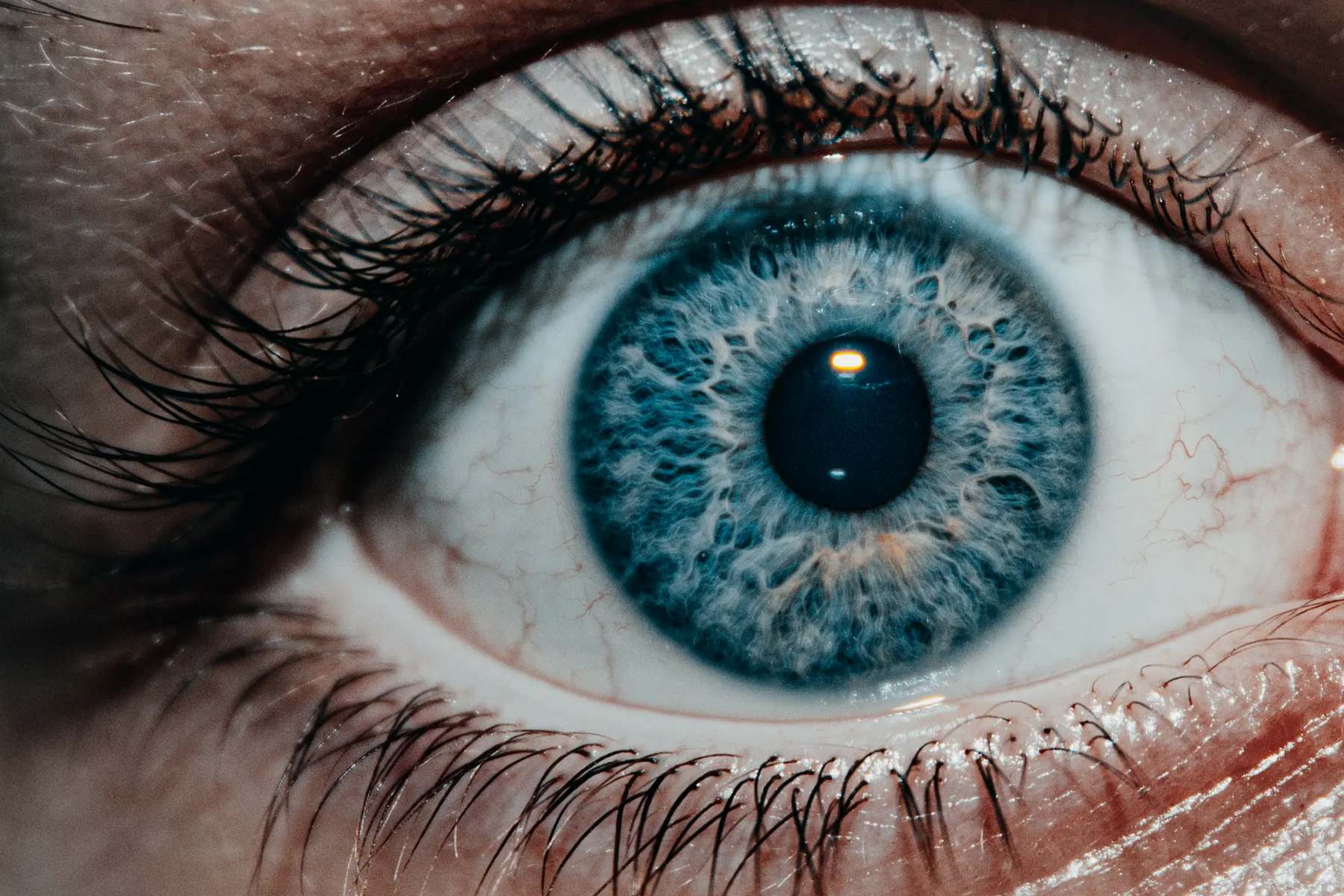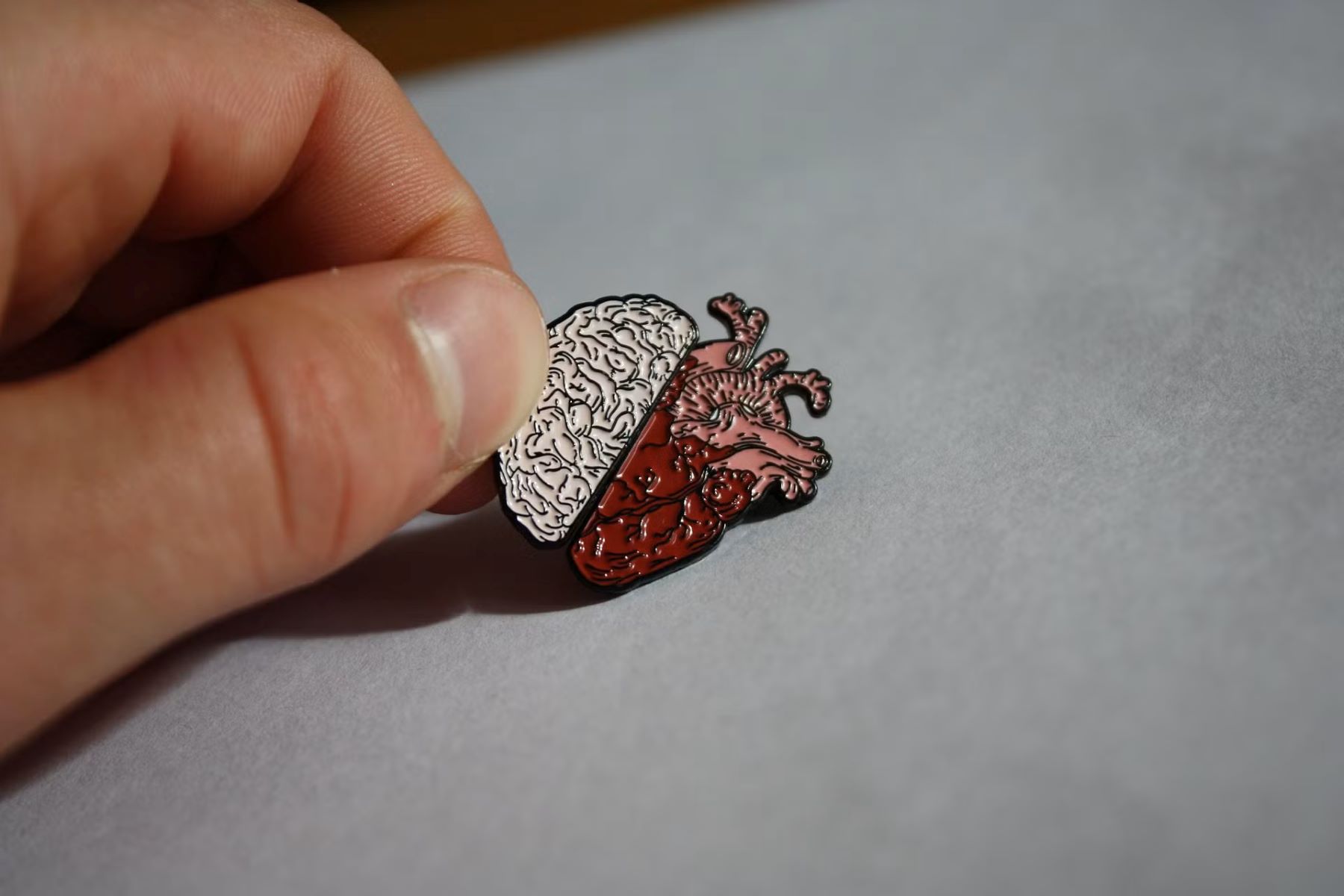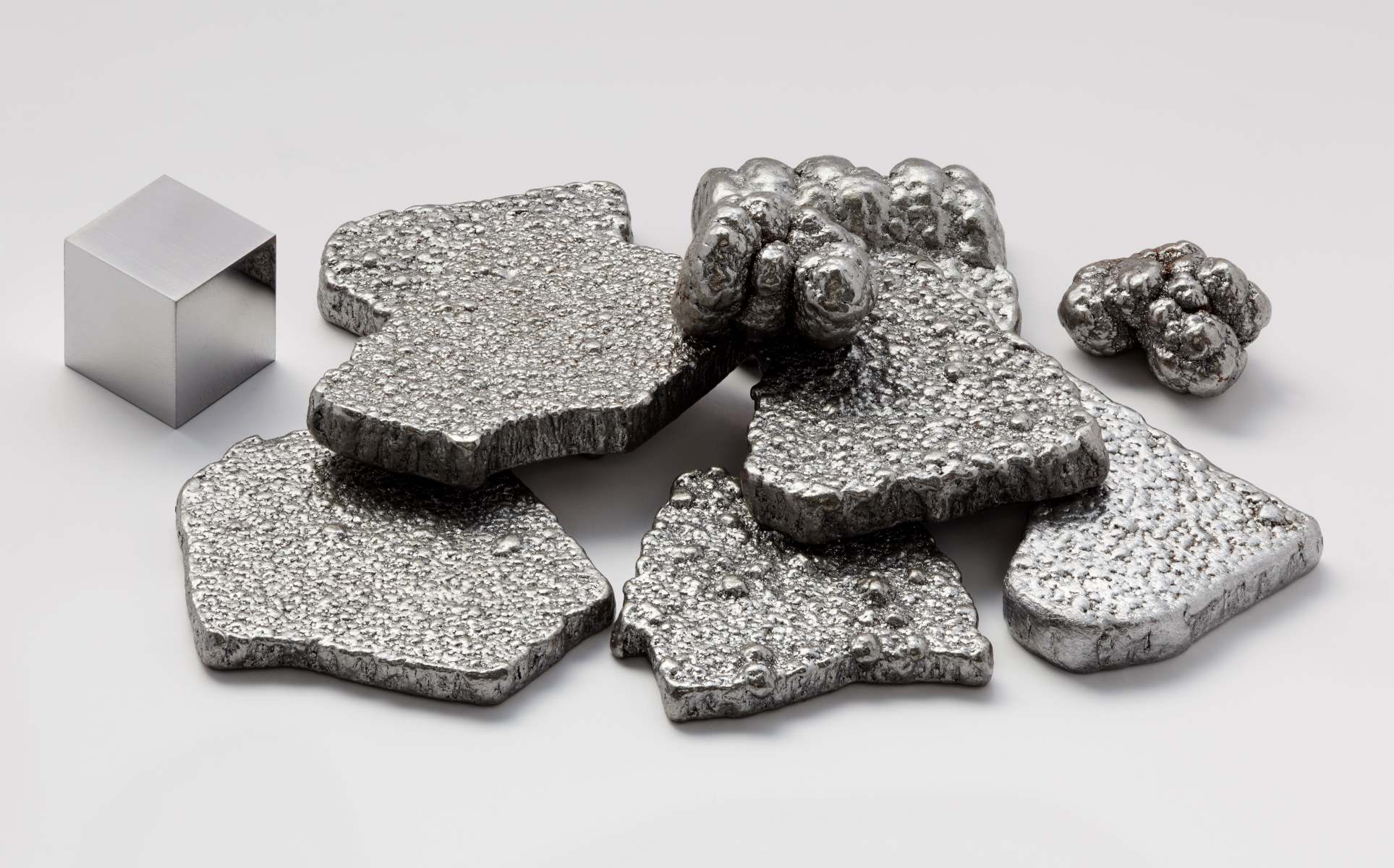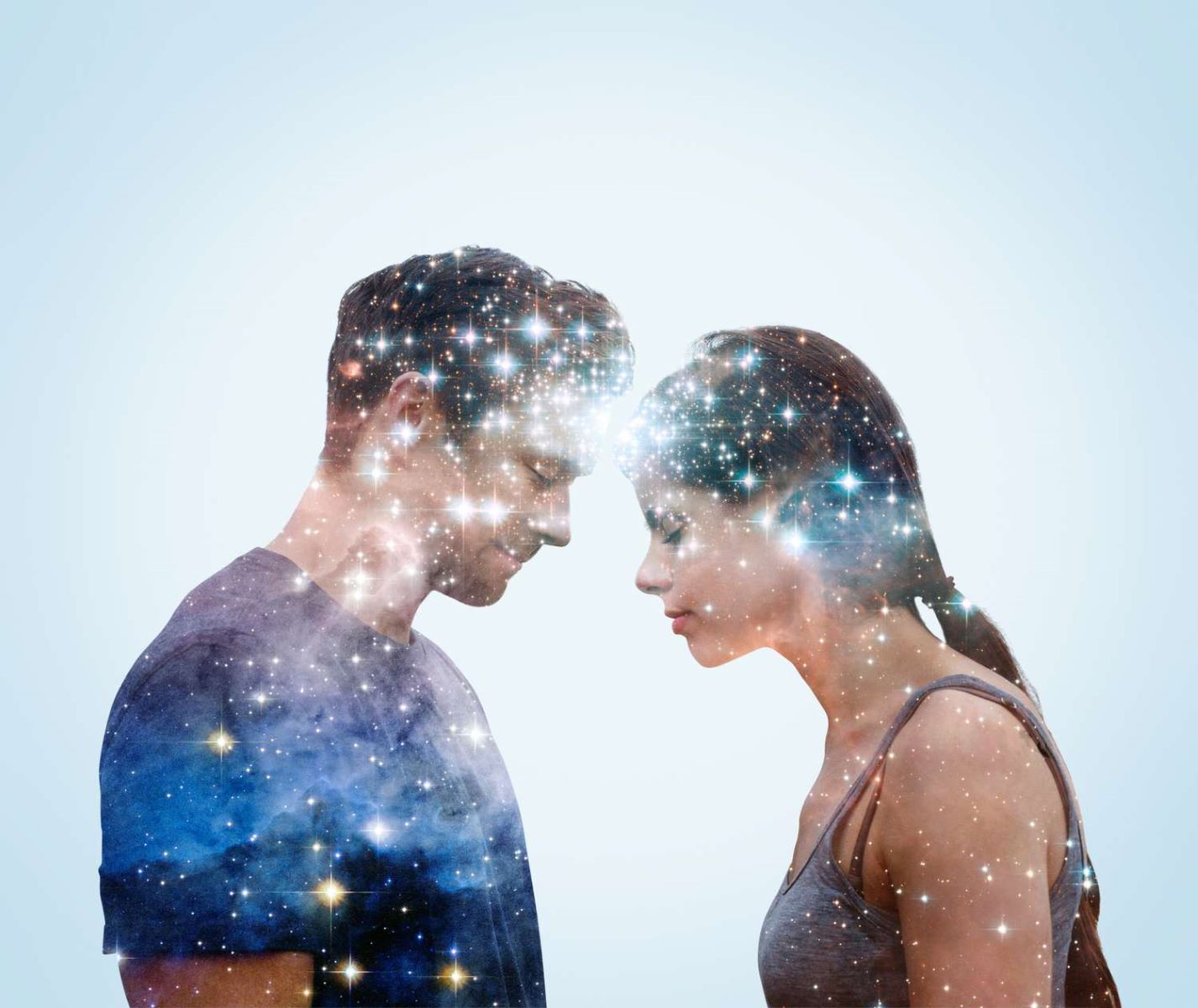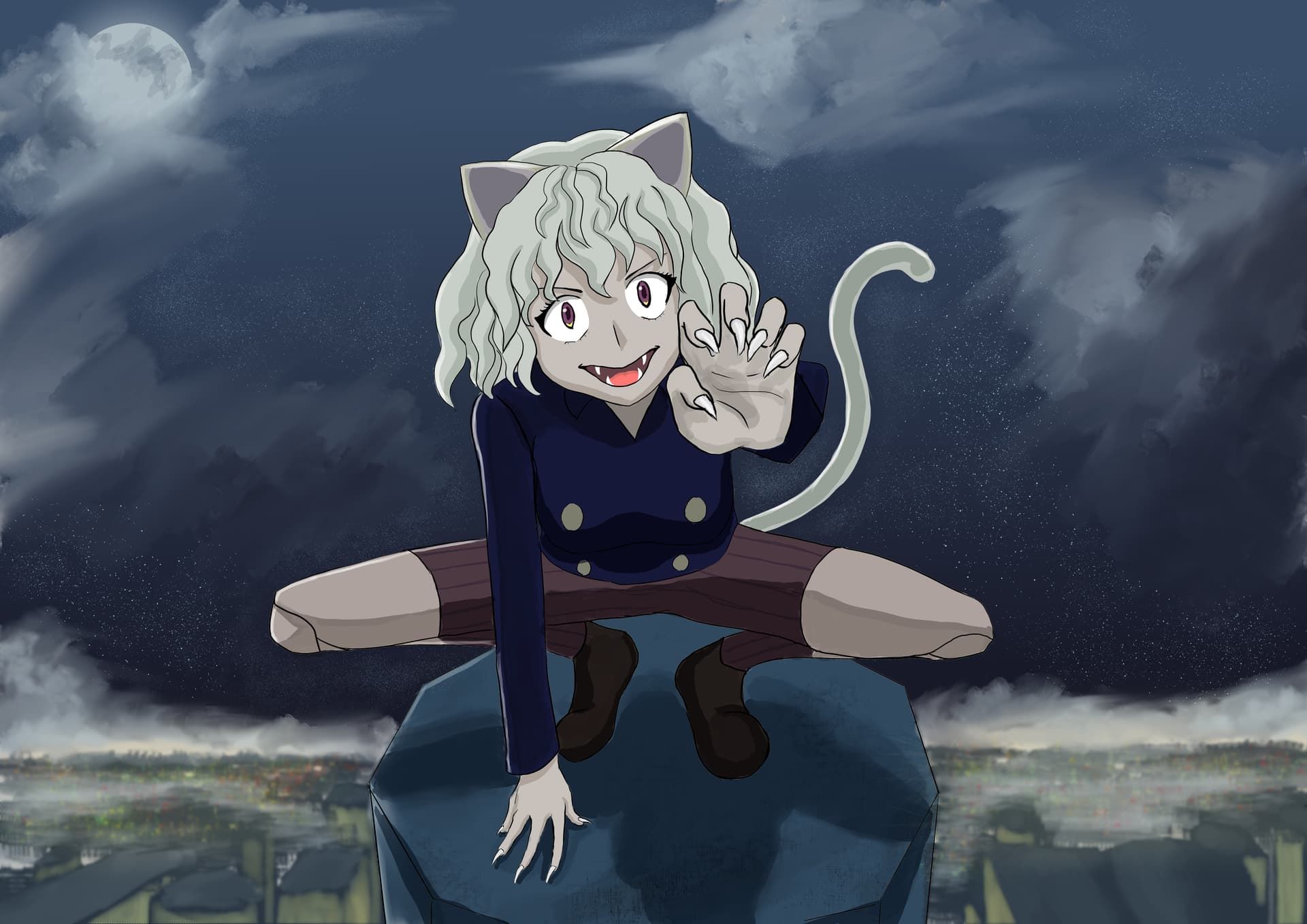Home>Arts and Culture>Burgundy Vs. Maroon: Unveiling The Truth Behind These Mysterious Shades!
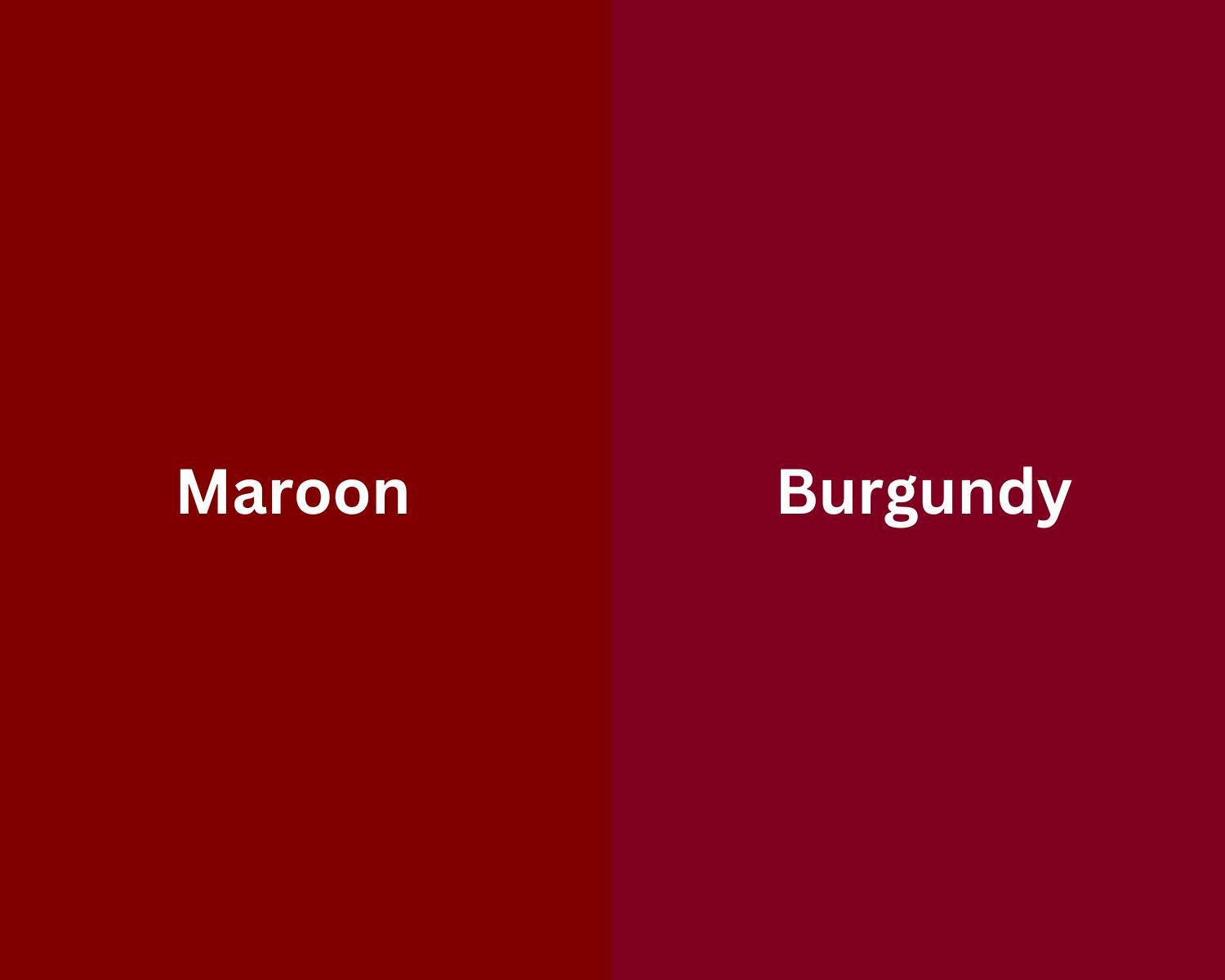

Arts and Culture
Burgundy Vs. Maroon: Unveiling The Truth Behind These Mysterious Shades!
Published: January 7, 2024
Discover the fascinating differences between burgundy and maroon in the realm of arts and culture. Uncover the secrets behind these enigmatic shades and their impact on artistic expression.
(Many of the links in this article redirect to a specific reviewed product. Your purchase of these products through affiliate links helps to generate commission for Regretless.com, at no extra cost. Learn more)
Table of Contents
Introduction
Burgundy and maroon, two enigmatic shades that have captivated the human imagination for centuries. These deep, rich hues have adorned royal robes, graced the walls of ancient castles, and found their way into modern fashion and design. As we embark on a journey to unravel the mysteries behind these captivating colors, we will delve into their historical significance, cultural associations, psychological impact, and their enduring presence in the realms of art, fashion, and design.
Join me as we embark on a colorful exploration of burgundy and maroon, unearthing the stories and symbolism woven into their fibers. Let's peel back the layers of time and perception to reveal the essence of these hues, understanding their profound influence on the human experience. Get ready to immerse yourself in the allure of these captivating shades as we uncover the truth behind burgundy and maroon.
Understanding Burgundy and Maroon
Burgundy and maroon, often used interchangeably, are deep, rich shades that exude elegance and sophistication. While they may appear similar at first glance, a closer examination reveals distinct characteristics that set them apart.
Burgundy, a color named after the renowned wine-producing region of France, embodies a deep, purplish-red hue. It derives its name from the Burgundy wine, known for its full-bodied flavor and exquisite depth. This regal color is often associated with opulence, luxury, and refinement, making it a popular choice in high-end fashion and interior design.
On the other hand, maroon, a shade with a slightly reddish-brown undertone, evokes a sense of warmth and earthiness. The name "maroon" originates from the French word "marron," meaning chestnut, reflecting the color's resemblance to the rich tones found in this nut. Maroon carries a sense of grounded elegance, offering a versatile and inviting presence in various artistic and design contexts.
While both burgundy and maroon share a deep, intense quality, they differ in their underlying tones and cultural connotations. Burgundy leans more towards the red-purple spectrum, evoking a sense of grandeur and sophistication, while maroon leans towards the red-brown range, exuding a warm and comforting allure.
These nuanced differences give each shade its unique character and appeal, allowing them to complement a wide range of aesthetics and applications. Whether adorning a royal robe, gracing the walls of a historic castle, or making a bold statement in contemporary fashion, burgundy and maroon continue to captivate and inspire with their timeless allure.
As we unravel the intricacies of burgundy and maroon, we gain a deeper appreciation for the depth and complexity of these enchanting hues. Their ability to convey a sense of richness, warmth, and luxury transcends time and trends, cementing their status as enduring symbols of elegance and sophistication.
Historical Significance
The historical significance of burgundy and maroon is deeply rooted in the annals of human civilization, spanning centuries of cultural, artistic, and societal evolution. These rich and alluring hues have left an indelible mark on history, shaping the narratives of royalty, artistry, and global trade.
Burgundy, with its origins traced back to the eponymous region in France, holds a prominent place in the tapestry of European history. It rose to prominence during the Middle Ages, becoming synonymous with wealth, power, and prestige. The Duchy of Burgundy, renowned for its opulent courts and flourishing trade, lent its name to this regal color, solidifying its association with nobility and luxury. The deep, velvety tones of burgundy adorned the robes of monarchs and aristocrats, symbolizing authority and affluence.
Maroon, on the other hand, carries a distinct historical legacy, intertwined with tales of exploration, colonization, and cultural exchange. The term "maroon" finds its origins in the Caribbean, where it became associated with the communities of escaped enslaved individuals who sought refuge in remote regions. These resilient communities, known as Maroons, forged their own societies, blending African, Indigenous, and European influences. The color maroon became emblematic of their struggle for freedom and autonomy, embodying resilience, solidarity, and the enduring spirit of resistance.
Throughout history, both burgundy and maroon have transcended their roles as mere pigments, becoming symbols of power, resilience, and cultural identity. Their presence in the realms of art, fashion, and design has served as a testament to their enduring relevance and timeless allure.
As we reflect on the historical significance of burgundy and maroon, we are reminded of the profound impact of color on the human experience. These hues have been woven into the fabric of civilization, leaving an indelible imprint on the collective consciousness of humanity. Their stories continue to unfold, carrying with them the echoes of bygone eras and the vibrant spirit of artistic expression.
In the grand tapestry of history, burgundy and maroon stand as vibrant threads, weaving narratives of opulence, resilience, and cultural exchange. Their hues resonate with the echoes of centuries past, inviting us to explore the rich tapestry of human experience through the lens of color and creativity.
Cultural Associations
The cultural associations of burgundy and maroon are deeply intertwined with the rich tapestry of human expression, spanning diverse traditions, symbolism, and societal contexts. These captivating hues have transcended geographical boundaries, leaving an indelible mark on cultural narratives and artistic representations across the globe.
In Western cultures, burgundy has long been associated with regality, sophistication, and refinement. Its deep, luscious tones have adorned the vestments of royalty and ecclesiastical garments, symbolizing power, authority, and spiritual richness. The allure of burgundy extends beyond the realm of high society, permeating artistic expressions and interior design, where it evokes a sense of opulence and elegance.
Maroon, with its warm, earthy undertones, carries a distinct cultural resonance, particularly within the context of the African diaspora. It has become emblematic of resilience, strength, and solidarity, reflecting the histories of enslaved communities and their enduring spirit of resistance. The color maroon has been woven into the cultural fabric of the Caribbean and beyond, serving as a poignant symbol of liberation and the preservation of cultural heritage.
In Eastern cultures, burgundy and maroon hold their own unique significance. In traditional Chinese culture, the color red, which shares affinities with burgundy, represents joy, luck, and prosperity. It is prominently featured in celebrations, weddings, and festive occasions, embodying auspiciousness and vitality. The deep, rich hues of burgundy resonate with themes of abundance and good fortune, enriching cultural expressions and sartorial traditions.
Across the spectrum of cultural associations, burgundy and maroon continue to captivate and inspire, transcending linguistic barriers and historical epochs. Their enduring allure speaks to the universal language of color, weaving narratives of prestige, resilience, and celebration. As these hues intersect with diverse cultural landscapes, they enrich the collective tapestry of human experience, inviting us to explore the myriad meanings and expressions embedded within their captivating depths.
Psychological Impact
The psychological impact of burgundy and maroon extends far beyond their aesthetic appeal, delving into the realms of emotion, perception, and cognitive association. These deep, rich hues possess a profound ability to evoke a wide range of feelings and psychological responses, influencing our moods, attitudes, and behaviors.
Burgundy, with its regal and luxurious aura, exudes a sense of sophistication and refinement. Psychologically, this deep, purplish-red hue is often associated with qualities such as power, ambition, and creativity. It carries an air of authority and elegance, making it a compelling choice for environments where a sense of opulence and prestige is desired. The deep, velvety tones of burgundy can instill a feeling of richness and exclusivity, eliciting a sense of grandeur and importance.
On the other hand, maroon, with its warm and grounding presence, resonates with themes of comfort, stability, and resilience. Psychologically, this reddish-brown hue is often linked to feelings of warmth, security, and earthiness. Its deep, enveloping tones can create a sense of intimacy and homeliness, fostering a welcoming and nurturing atmosphere. Maroon has the capacity to evoke a feeling of strength and endurance, imbuing spaces with a sense of steadfastness and solidarity.
Both burgundy and maroon possess the ability to elicit emotional responses that can influence our perceptions and behaviors. These hues have been found to evoke feelings of warmth, depth, and sophistication, creating an atmosphere of richness and elegance. In interior design, the psychological impact of these colors is harnessed to evoke specific moods and ambiance, whether it be in luxurious, opulent settings or cozy, intimate spaces.
As we navigate the psychological terrain of burgundy and maroon, we encounter a rich tapestry of emotions and associations woven into their captivating depths. Their ability to evoke a range of psychological responses speaks to the profound influence of color on human perception and experience, inviting us to explore the intricate interplay between hues and the human psyche.
Fashion and Design
In the realm of fashion and design, burgundy and maroon have carved an enduring legacy, gracing runways, adorning haute couture creations, and leaving an indelible mark on the world of style and aesthetics. These rich, sumptuous hues have transcended fleeting trends, asserting themselves as timeless symbols of elegance, sophistication, and individuality.
Burgundy, with its opulent and regal allure, has long been a favorite among fashion connoisseurs and designers. Its deep, purplish-red tones exude a sense of luxury and refinement, making it a coveted choice for evening gowns, tailored suits, and accessories. The allure of burgundy extends beyond its association with wealth and prestige, as it embodies a timeless elegance that transcends seasonal fads. In the world of haute couture, burgundy has graced the creations of legendary designers, adding a touch of grandeur and allure to their masterpieces.
Maroon, with its warm and inviting undertones, has found its place in the realms of fashion and design as a color that exudes comfort and sophistication. This versatile hue has been embraced by designers for its ability to convey a sense of grounded elegance, making it a popular choice for both casual and formal attire. The deep, earthy tones of maroon have been seamlessly integrated into fashion collections, offering a sense of warmth and richness that resonates with diverse audiences.
In interior design, burgundy and maroon have been employed to create captivating spaces that exude opulence and warmth. From luxurious velvet sofas to accent walls adorned in rich maroon hues, these colors have the power to transform interiors, infusing them with a sense of luxury and comfort. Whether used as a statement color or as an accent to complement a wider palette, burgundy and maroon bring a sense of richness and sophistication to interior spaces.
The enduring appeal of burgundy and maroon in the realms of fashion and design speaks to their ability to transcend fleeting trends, captivating the imagination of designers, artists, and aficionados alike. These hues continue to inspire and elevate, offering a timeless elegance that weaves its way through the fabric of style and creativity.
Their presence in the world of fashion and design serves as a testament to their enduring allure and the profound impact of color on the art of self-expression and aesthetic innovation. Burgundy and maroon stand as timeless pillars of sophistication and individuality, enriching the tapestry of fashion and design with their captivating depths and timeless allure.
Conclusion
In the captivating exploration of burgundy and maroon, we have unveiled the rich tapestry of history, culture, psychology, and design woven into these enigmatic hues. From their regal associations in European courts to their symbolic significance in the narratives of resilience and liberation, burgundy and maroon have left an indelible mark on the human experience.
These deep, sumptuous shades have transcended time and geography, resonating with diverse cultures and evoking a myriad of emotions. Their psychological impact, from conveying opulence and sophistication to fostering warmth and comfort, speaks to the profound influence of color on human perception and behavior.
In the realms of fashion and design, burgundy and maroon have emerged as timeless symbols of elegance and individuality, gracing haute couture creations and transforming interior spaces with their luxurious allure. Their enduring presence in the world of style and aesthetics attests to their timeless appeal and the enduring legacy they have carved.
As we conclude this colorful journey, we are reminded of the enduring allure of burgundy and maroon, which transcends mere pigments on the color wheel. These hues embody narratives of power, resilience, sophistication, and warmth, inviting us to explore the rich tapestry of human experience through the lens of color and creativity.
In the grand mosaic of human expression, burgundy and maroon stand as vibrant threads, weaving narratives of opulence, resilience, and cultural exchange. Their captivating depths continue to inspire and elevate, offering a timeless elegance that enriches the tapestry of fashion, design, and the human experience.
As we bid farewell to this exploration, let us carry with us the profound stories and symbolism embedded within these mysterious shades, celebrating their enduring presence in the vibrant palette of human creativity and expression.
